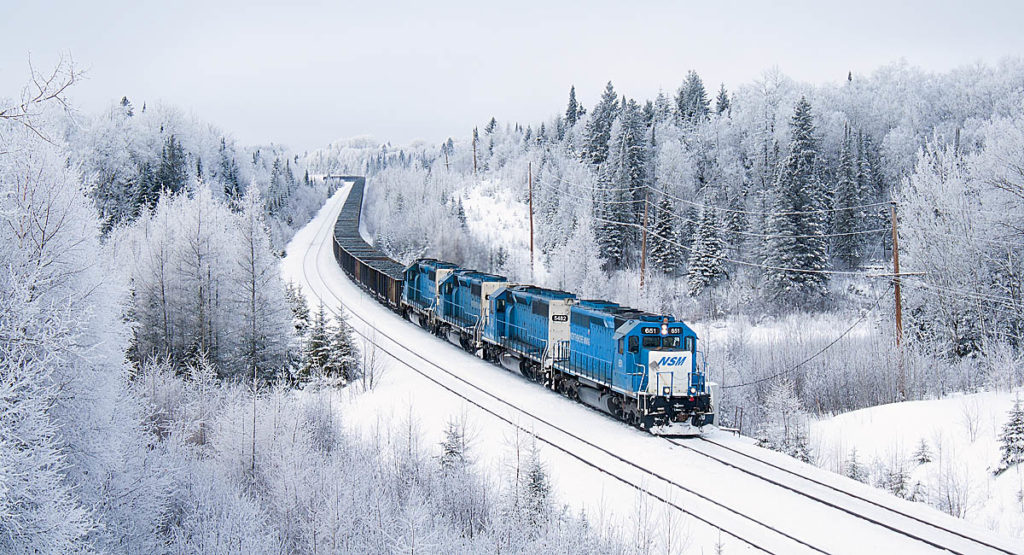
Northshore Mining SD40 No. 651 leads a quartet of locomotives and iron ore near Toimi, Minn., in December 2010. Cold temperatures that make metal contract and ice expand are just the start of problems in winter railroading. Max Medlin “People and metal do not like cold weather,” says Mike Smith, vice president of network operations […]
Read More…
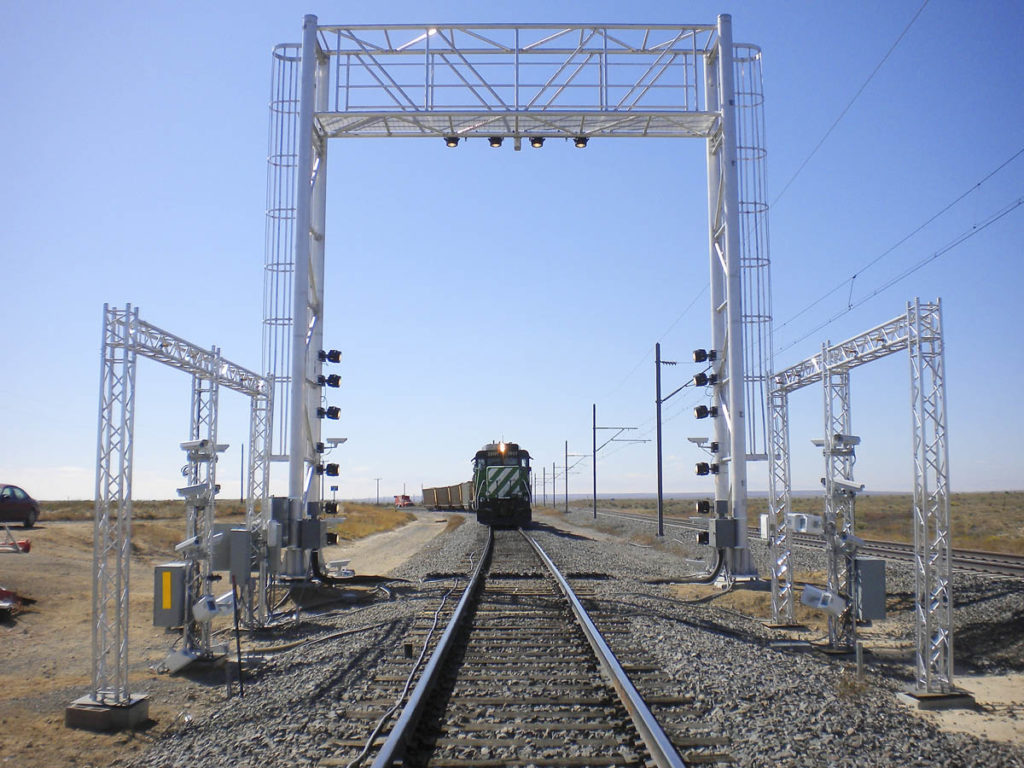
Beena Vision System’s TrainView inspects an entire freight train at speeds up to 60 mph at a testing facility in Pueblo, Colo. Beena Vision Systems Inc., Transportation Technology Center Inc. On BNSF Railway’s main line through Cajon Pass in California, poles and sensors pop up along the side of an S-curve. As a group, the […]
Read More…
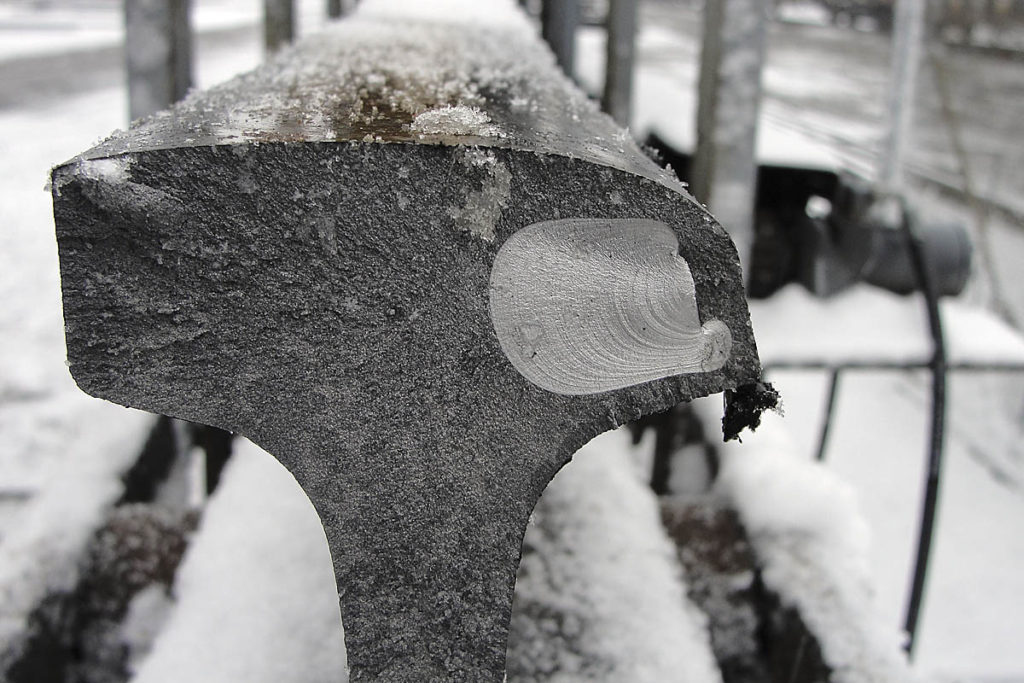
The manufacture and maintenance of rail is as old as railroading — and so are broken rails. Though today’s rail is much harder, stronger, and of higher quality than rail made even 40 years ago, railroads and metallurgists have just recently begun to understand why rails still are breaking. As railroads installed new rail in […]
Read More…
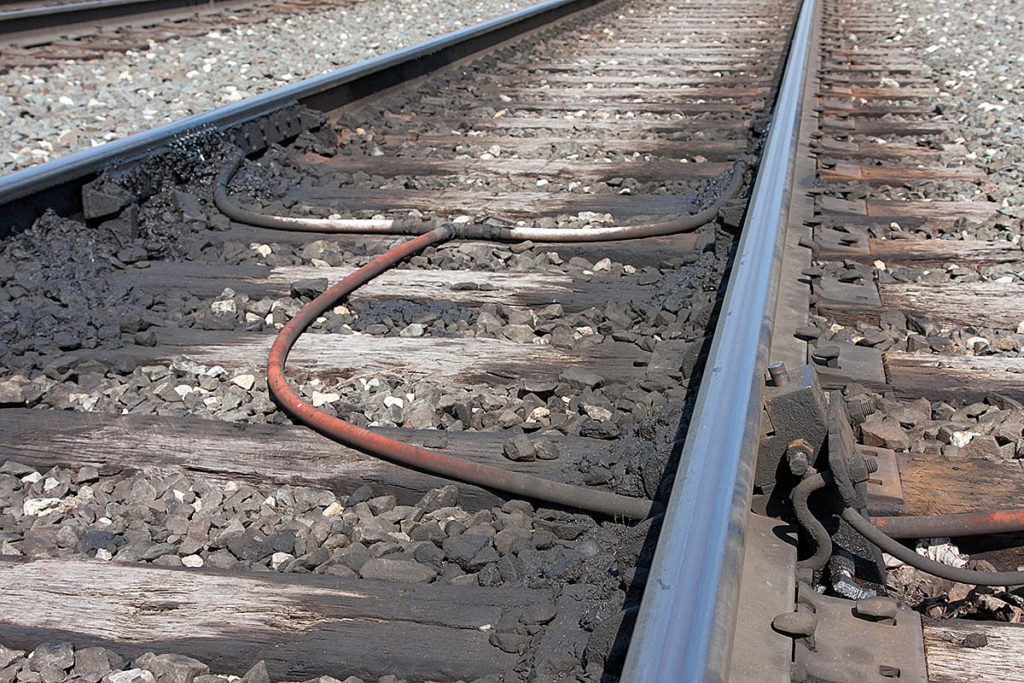
Hydraulic flange greasers are activated when a wheel rolls over an actuator, as shown on CSX’s Indianapolis Line Subdivision. Two photos, Eric Powell Forgive the pun, but it’s a slippery slope that railroads have to deal with, in terms of rail and flange lubrication. Too much or too little grease on the track can cause […]
Read More…
See PDFs of the patent drawings covering elements of the Pennsy’s S2 turbine locomotive […]
Read More…
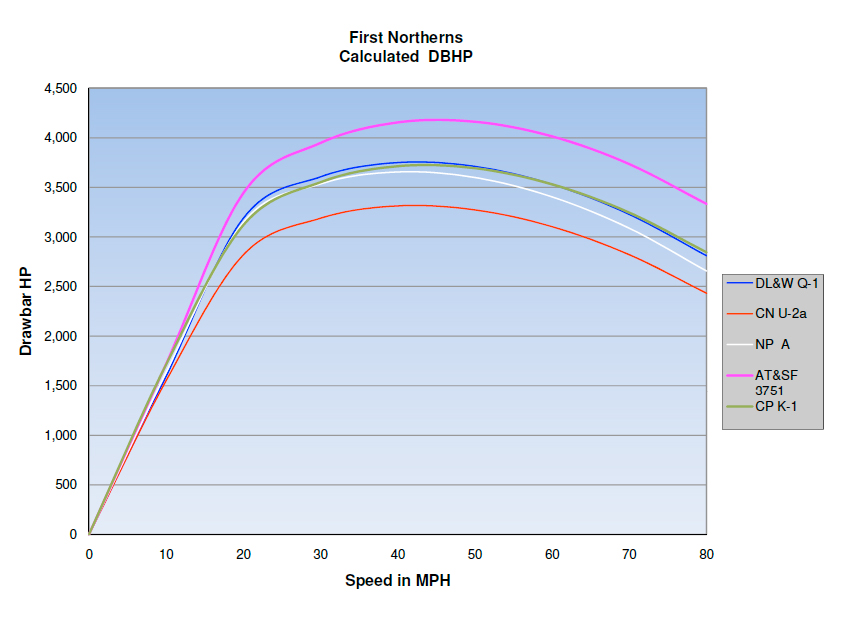
This graph shows the calculated drawbar horsepower curves for five classes in the first wave of 4-8-4s: Lackawanna Q-1, Canadian National U-2-a, Northern Pacific A, Santa Fe 3751, and Canadian Pacific K-1. Neil Carlson In the days of steam it was a normal practice to estimate the horsepower potential of a locomotive. Baldwin Locomotive Works […]
Read More…
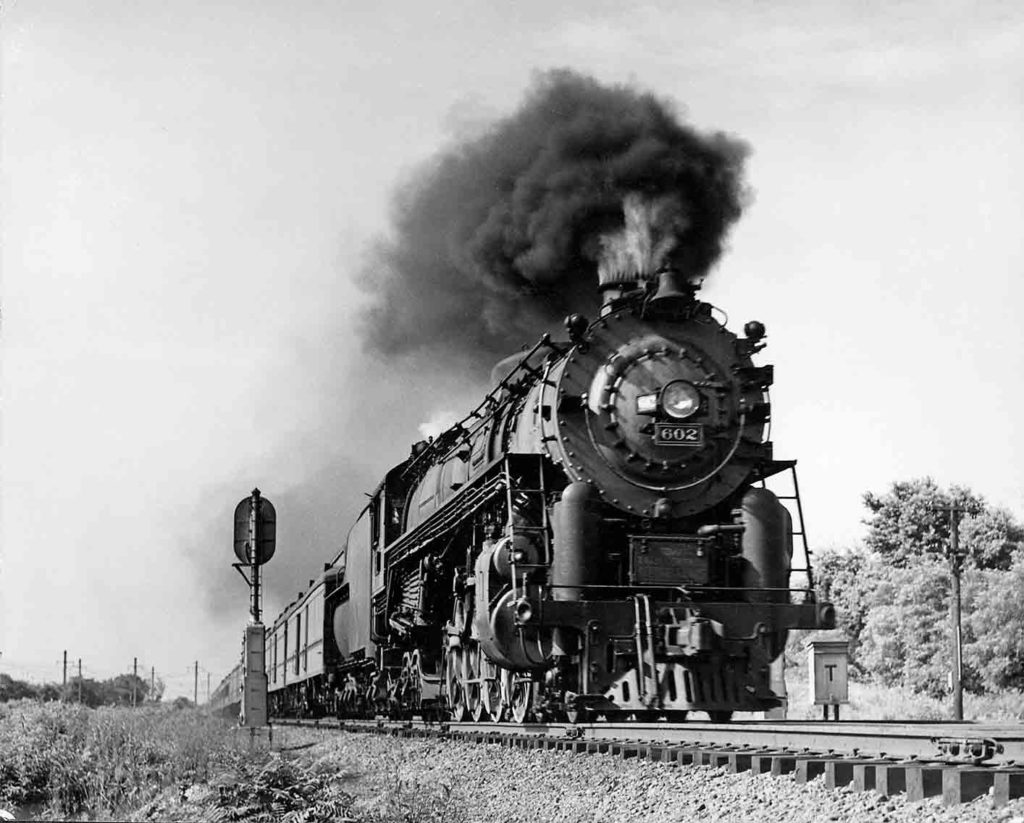
Richmond, Fredericksburg & Potomac 4-8-4 No. 602, named Governor Thomas Jefferson, rushes an 18-car passenger train toward Washington, D.C., near Four Mile Run, Va., in June 1940. C. W. Whitbeck Back pressure Back pressure is caused by the resistance of the exhaust steam exiting the cylinders. Overcoming this resistance represents negative work done by the […]
Read More…
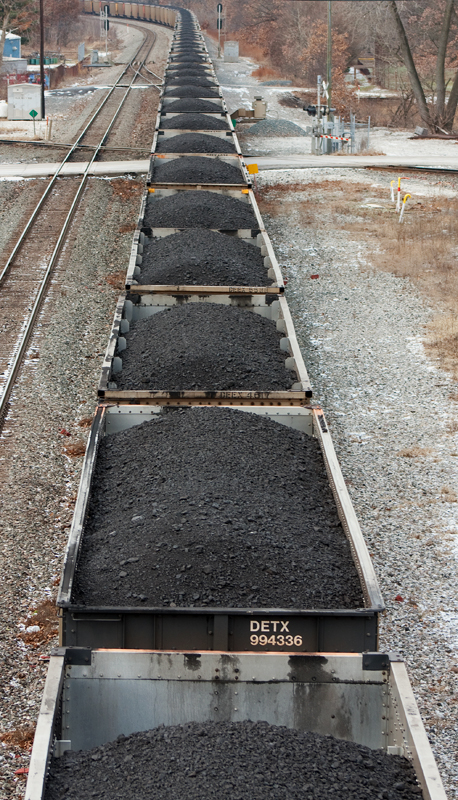
BNSF 9801 led this coal train through Willow Creek, Ind., on Jan. 1, 2009. DETX 994336 is one of 5,700 coal cars owned by Detroit Edison Co. Kathi Kube It’s easy enough to identify reporting marks for Class I railroads, as well as a multitude of short lines and regionals, but the reporting marks on […]
Read More…
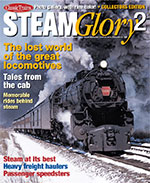
1 2 3 4 5 6 7 8 9 10 11 12 13 14 15 16 17 18 19 20 21 22 23 24 25 26 27 28 29 30 […]
Read More…
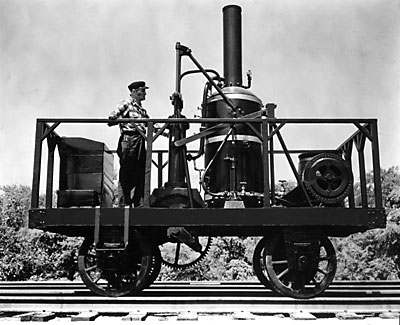
Baltimore & Ohio constructed this replica of the 0-4-0 Tom Thumb, its first steam locomotive. The original Tom Thumb was built in New York by inventor Peter Cooper, and made a successful first trip on August 25, 1830, when it pushed an open car hauling 18 passengers from Baltimore to Ellicott’s Mills. Early four-coupled locomotives […]
Read More…
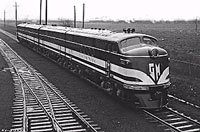
Four-unit locomotive No. 103 of GM’s Electro-Motive Corporation. Electro-Motive FT Tagged “the diesel that did it” by David P. Morgan, longtime editor of Trains Magazine, in a 1960 feature story, four-unit locomotive No. 103 of General Motors’ Electro-Motive Corporation was outshopped at a Grange, IL, plant in November 1939 (the firm later became GM’s Electro-Motive […]
Read More…

Texas & Pacific 600 was from the first group of 2-10-4’s. In 1919 Santa Fe purchased a group of 2-10-2’s. One of them, No. 3829, was built with an experimental four-wheel trailing truck, but was otherwise identical to the rest of the group. The experiment was inconclusive: No. 3829 was not converted to a 2-10-2, […]
Read More…










